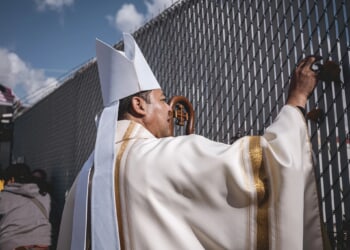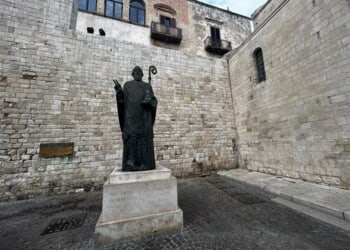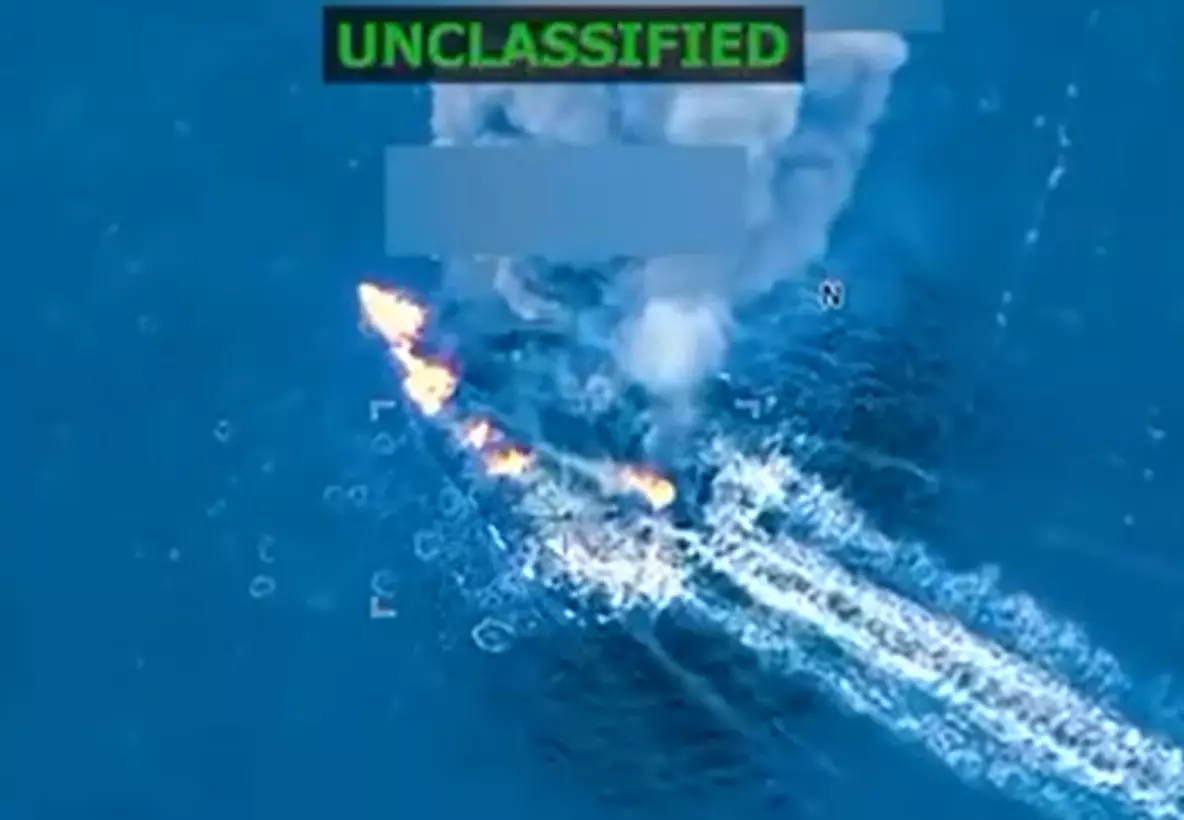
U.S. airstrikes have killed dozens of alleged drug runners aboard boats off the Caribbean and Pacific coasts of South America since September, but the Trump administration is sharing little information about how targets are being chosen.
In the most recent incident, a series of U.S. strikes on Monday took out four suspected drug boats off the eastern Pacific coast, killing at least 14 people and leaving a single survivor, who was picked up in waters near the coasts of Mexico and Guatemala, according to reports.
The administration’s clampdown on information has analysts speculating about the methodology driving the U.S. military action.
Brent Sadler, a senior research fellow at the Heritage Foundation think tank, said the explosions shown on video of Monday’s attacks released by the Pentagon appeared to be caused by an AGM-114 Hellfire guided missile, often used against tanks, bunkers and buildings. They can be fired from several platforms, including helicopters and drones.
“It’s the right weapon for the right target. You’re not wasting a $20 million missile used to take out ballistic missiles for a drug boat,” Mr. Sadler said in an interview with The Washington Times.
Hellfire missiles were used in both Iraq and Afghanistan, where they were primarily fired from drones like the MQ-1 Predator, but also from attack helicopters.
One of the attacks appeared to have been carried out by a chain gun, a type of machine gun that uses an external power source to cycle the weapon’s actions, Mr. Sadler said. The Bell AH-1 Sea Cobra, flown by the Marine Corps, fires the M197 electric cannon, a Gatling-type rotary weapon.
The air attacks are coming amid the backdrop of a major U.S. military buildup in the region, including the USS Gerald R. Ford nuclear-powered aircraft carrier, guided missile destroyers, a submarine, and about 6,500 troops.
Secretary of Defense Pete Hegseth said the boats were operated by “Designated Terrorist Organizations” traveling along known drug smuggling routes.
“All strikes were in international waters with no U.S. forces harmed,” Mr. Hegseth said on X. “Regardless of the survivor, U.S. Southern Command immediately initiated Search and Rescue standard protocols.”
Daniel Hoffman, a former CIA station chief in the Soviet Union and Washington Times contributor, criticized the lack of information about the ongoing counter-drug mission in Latin America.
“I have no idea how they’re doing the intelligence, but I won’t speculate,” he said. “We’ve got U.S. servicemen and women in harm’s way and nobody knows what’s going on.”
Mr. Sadler said U.S. officials are likely relying on multiple intelligence sources to determine which vessels should be targeted, along with basic common sense.
A boat more than 100 miles off the Colombian coast in the middle of hurricane season automatically warrants greater scrutiny.
“Things can get a little dicey this time of year, so it would be odd for a fisherman to be out there,” he said.
The U.S. has been involved in the so-called War on Drugs since the 1980s in Central and South America. There’s a good chance that information from there can still provide actionable intelligence, Mr. Sadler said.
“There’s probably a network there saying, ‘Hey, a bunch of boats are getting underway. Two of them have got drugs, looking for the red one and the green one,’” he said. “That’s just a guess, but we’ve been at this for many decades.”
Mr. Hegseth posted a video of Monday’s strikes, showing the boats exploding or bursting into flames. In one of the strikes, two boats pulled alongside each other when they were struck.
“The Department [of Defense] has spent over two decades defending other homelands. Now, we’re defending our own,” he said on X. “These narco-terrorists have killed more Americans than Al-Qaeda, and they will be treated the same. We will track them, we will network them, and then we will hunt and kill them.”
Sen. Rand Paul, a Kentucky Republican, said the U.S. Coast Guard boards ships every day looking for illegal contraband like narcotics and comes up empty-handed at least 25% of the time.
“So if our policy now is to blow up every ship we suspect or accuse of drug running, that would be a bizarre world in which 25% of the people might be innocent,” Mr. Paul said Oct. 19 on NBC’s “Meet the Press.”
Mr. Hoffman said the American people shouldn’t be kept in the dark as the military buildup in Latin America continues.
“It’s our money and it’s our people going out there and putting themselves at risk,” he said. “So it would be nice if you would tell us what’s going on.”

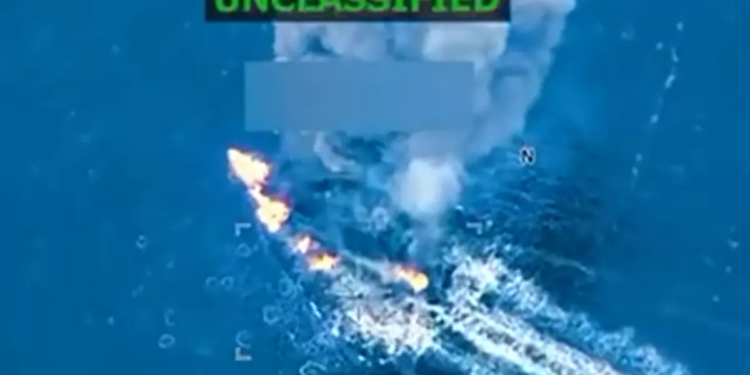
![Scott Bessent Explains The Big Picture Everyone is Missing During the Shutdown [WATCH]](https://www.right2024.com/wp-content/uploads/2025/11/Scott-Bessent-Explains-The-Big-Picture-Everyone-is-Missing-During-350x250.jpg)

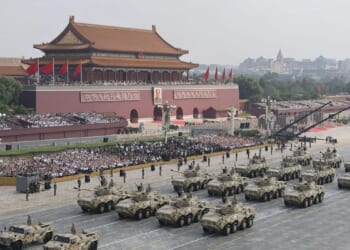





![Florida Files Supreme Court Case After Illegal Immigrant Truck Driver Kills Three [WATCH]](https://www.right2024.com/wp-content/uploads/2025/10/Florida-Files-Supreme-Court-Case-After-Illegal-Immigrant-Truck-Driver-350x250.jpg)


